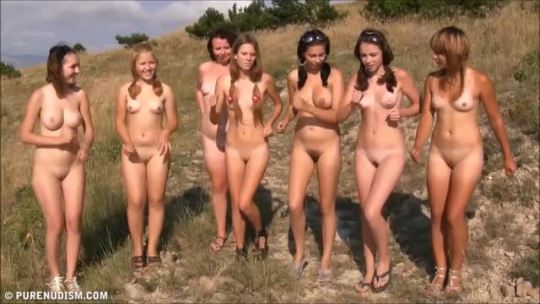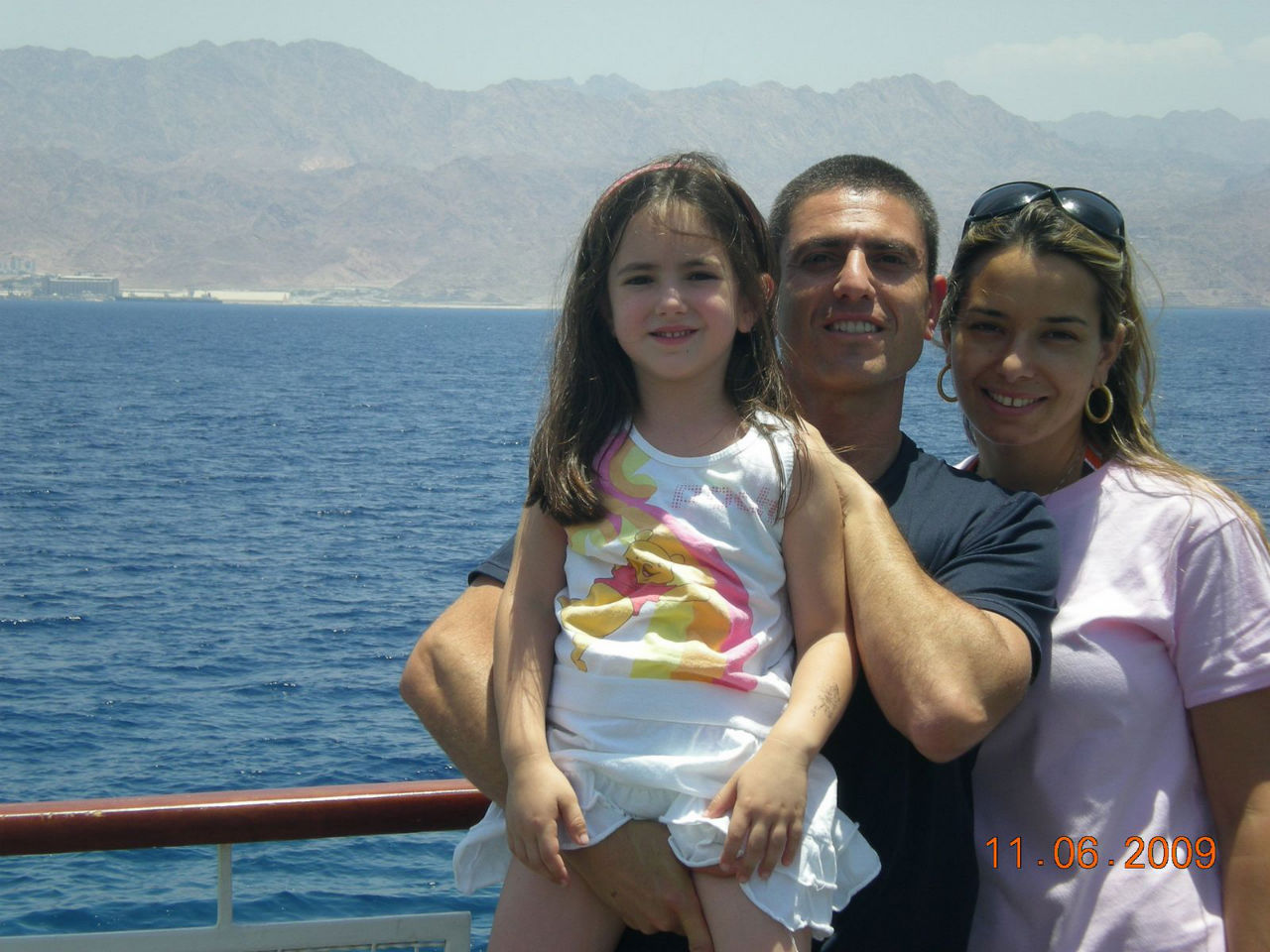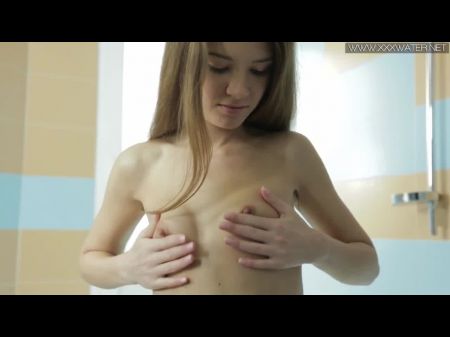Purenudism - A Natural Way Of Living
Sometimes, a single phrase can spark so much curiosity across the vast stretches of online information, prompting folks to seek out clearer explanations. The expression "purenudism" has, in fact, captured the attention of many individuals, leading them to look for more detailed descriptions of what it truly means. This interest, you know, really shows how much people want to get a better handle on ideas that might seem a little bit outside the usual everyday experiences.
This piece aims to shed some light on the various elements of purenudism, helping to make its fine points more understandable, addressing common misunderstandings, and showing its place in different cultures. We'll look at where this practice comes from, what it involves for people who choose it, and how it’s seen by others, too it's almost like peeling back layers to see the heart of the matter. It’s about getting a clearer picture of something that, for many, is still a bit of a mystery, or perhaps even something they have only heard about in passing, without much detail.
For some people, the idea of going without clothes might, frankly, appear to be at odds with other concepts they hold. There are those who might only see being unclothed as something with a sexual meaning or as something that could cause offense, which is fair enough. In a family setting, these individuals might, in fact, connect it with parents not taking proper care of their children, or perhaps even with harmful actions, you know, which is a rather serious concern for anyone to have. This article hopes to offer a different viewpoint, showing that purenudism is, basically, about a natural way of life, and it has roots that go back quite a ways.
Table of Contents
- Where Did This Idea of Pure Nudism Start?
- Understanding Pure Nudism - Clearing Up Misconceptions
- The Family Side of Purenudism - A Shared Path
- How Does Purenudism Offer a Natural Way of Being?
- Early Purenudism and Its Reasons
- Pure Nudism - A Social Practice Without Sexual Activity
- Pure Nudism - Spaces and Gatherings
- Organizations Supporting Purenudism
Where Did This Idea of Pure Nudism Start?
The practice of living without clothing, often for reasons of feeling well or for simple ease, has roots that go back to the late 1800s, specifically in Germany. This movement, you know, was a way for people to try and get back to a more natural way of existing. It came about as a kind of counterpoint to the big shifts happening in society at that time, especially as more and more folks began to live in busy city areas. Life in cities, as a matter of fact, often meant less direct connection with the open air and the natural world, which some people felt was a real loss. So, this desire to return to nature was, in a way, a response to those changes, seeking a simpler, more open way of life that felt more true to human beings.
A significant moment in the unfolding of this practice happened in 1904. That year, a person named Paul Zimmermann opened what might have been the very first place for people to gather and live without clothes, a kind of colony for those who chose this way of life. This spot was located not far from Hamburg, in Germany, and it was, you know, a really important step for the movement. He gave it a name in German, "Freilichtpark," which, when you put it into English, means "Free Light Park." This name itself, so, gives a pretty good idea of the feeling they were going for – a place where people could feel open and unburdened, just like in the natural light, without the constraints of typical dress. It truly represented a fresh start for many who sought this kind of freedom.
The spirit of this movement, in fact, traveled across the ocean. In the United States, a German immigrant by the name of Kurt Barthel played a key part in getting things organized there. He helped to set up similar groups and places for people who wanted to live in this manner, showing that the yearning for this kind of natural existence was not just limited to one place. This spreading of the practice, you know, illustrates how ideas about living closer to nature and embracing a clothes-free way of being resonated with people in different parts of the world. It’s pretty clear that the core ideas had a broad appeal, and so, they found a welcome home in new places, too.
- How To Make Fleshlight
- Joan Rivers Brigitte Nielsen
- Jordan Rodrigues Ethnicity
- Golden Tour Jungkook
- How Many Children Did Elizabeth Taylor Have
Understanding Pure Nudism - Clearing Up Misconceptions
The phrase "purenudism" has, honestly, sparked a lot of interest in the vast amount of material available online, making people want to get a clearer picture of what it really means. This piece aims to explore the many different sides of purenudism, making its finer points easier to grasp, addressing common mistaken ideas, and looking at its importance in different cultures. It’s quite important to remember that for some, the idea of being unclothed might, in some respects, seem to clash with their usual ways of thinking. Many individuals might, for instance, only see going without clothes as something that has a sexual meaning or as something that could be seen as offensive, and that’s a valid perspective to hold.
When people think about it in a family setting, they might, you know, even link it to parents not looking after their children properly, or perhaps even to harmful actions, which is a serious concern for anyone to have. However, purenudism, as a way of life, offers a natural approach to daily living. It allows people to truly connect with who they are at their core, shedding the pressures that society often places upon them. This shedding of outside expectations, so, can reveal a more authentic version of themselves, a person who feels more at ease and genuine in their own skin. It’s about a kind of personal liberation, you could say, from the expectations that often come with clothing and public appearance.
The practice of going without clothes, which is generally done for reasons of good health or simply for comfort, is, in fact, a social way of interacting where different sexes mix freely. But, and this is a really important point, they typically do this without getting involved in sexual activities. This distinction is, basically, at the heart of what purenudism is about for many of its followers. It’s not about sexual expression, but rather about a different kind of freedom and openness. The beginning of this practice in Germany in the early 1900s actually happened at the same time as a sort of rebellion against established norms, a push for a more natural and less constrained way of life, which is quite interesting to consider.
The Family Side of Purenudism - A Shared Path
From its very beginnings, the practice of naturism has, in fact, been something that families have done together. People who believed in this way of life felt that everyone would gain from it, so it seemed quite natural that children should be part of it too. This inclusion of children, you know, shows a deep belief that this lifestyle was something good and beneficial for all ages, not just adults. It suggests a vision where the family unit could experience this freedom and connection to nature as a collective, strengthening their bonds in a unique way. More recently, there has been, so, a good deal of academic writing in the fields of psychology and other areas that looks into these very aspects, exploring the impacts and benefits from a scholarly viewpoint.
This way of living, which celebrates being free of clothes, accepting one's body, and removing any barriers to living one's very best life, is, in essence, a welcome invitation to a different kind of existence. It’s about finding comfort and ease in one’s own skin, without the need for coverings, and embracing the human form as it is, which can be quite liberating for many. The idea is to create an environment where people can feel completely themselves, free from the judgments or expectations that often come with clothing in public settings. It’s, in a way, about a straightforward honesty with oneself and with others in these spaces, allowing for a deeper sense of well-being, you know, and a feeling of genuine connection.
There have even been specific recognitions for families who follow this path. For example, there was, apparently, an award for the first naturist family of the year, which really highlights the family-focused nature of the movement. This kind of acknowledgment, so, shows that the family aspect is not just a side note, but a central part of what naturism means to its community. It reinforces the idea that this is a shared experience, something that parents and children can do together, building a common understanding and appreciation for a natural, clothes-free existence. It’s pretty clear that the movement sees the family unit as a core part of its identity and its future, which is quite unique, in some respects.
How Does Purenudism Offer a Natural Way of Being?
Purenudism, at its core, presents a natural way of living. It helps people connect with their true selves, letting go of the pressures that society often puts on them, and allowing them to reveal who they really are. This kind of connection, you know, can be quite powerful, as it strips away the layers of expectation and pretense that we sometimes carry in our daily lives. It’s about finding a sense of ease and authenticity that comes from being completely unburdened by clothing and the social messages it conveys. This approach to life, in a way, encourages a simpler, more direct relationship with one's own body and with the natural world around them, which is a rather refreshing idea for many.
Early Purenudism and Its Reasons
The beginnings of purenudism are found in the late 19th century in Germany, as we’ve talked about. This push to return to nature was, actually, a direct response to the changes that were happening as more people started living in cities. City life, you know, often meant a disconnection from the natural world, from fresh air and open spaces. The movement was, in a way, a quiet rebellion against this growing distance from what was seen as a more fundamental, healthier way of living. It was about finding a path back to a simpler existence, one where the human body could interact directly with its environment without the constant presence of clothes. This desire for a more natural state, so, was a driving force for many of the early followers of purenudism.
Pure Nudism - A Social Practice Without Sexual Activity
Pure nudism, as a practice, means going without clothes, typically for reasons of health or feeling comfortable. It is, in fact, a social activity where people of different genders interact freely, but it’s really important to understand that they commonly do this without engaging in sexual actions. This distinction is, essentially, what sets it apart from other forms of nudity that might be seen in different contexts. The whole point is to foster a sense of openness and acceptance, where the body is simply seen as a natural part of being human, rather than something that is primarily sexual. It’s about creating a space where people can feel at ease with their bodies, and with others, in a non-sexual way, which can be quite a unique experience for many, you know, and offers a different kind of social connection.
Pure Nudism - Spaces and Gatherings
There are specific places where pure nudism is openly practiced. For instance, Praia de Tambaba, which is about 10 kilometers south of Jacumã, is quite well-known as the only official beach for going without clothes in that area. It’s, actually, a truly lovely spot that is worth visiting even if you don't plan on taking your clothes off, which speaks to its natural beauty. The beach is, apparently, divided into two distinct sections, which might help manage different preferences or activities. This kind of designated space, you know, is important for communities that practice pure nudism, as it provides a clear and accepted environment for their lifestyle. It shows that these practices are not just theoretical, but have real, physical places where they are lived out, which is pretty cool.
The practice of pure nudism also connects with artistic expressions. For example, there are images like "family beauty contest at a nudist camp" by Diane Arbus, which can be viewed through art platforms. This kind of artistic representation, so, helps to show the human side of the practice, capturing moments and expressions that might challenge common ideas. You can, in fact, browse upcoming and past sales of works by Diane Arbus, which suggests that these images have a lasting cultural importance. This connection to art and photography, you know, really broadens the way pure nudism is seen, moving it beyond simple definitions and into the realm of cultural observation and commentary, which is quite fascinating.
Organizations Supporting Purenudism
Organizations play a part in supporting purenudism. The Brazilian Federation of Naturism (FBRN), which was set up in 1988, is the official group responsible for helping and overseeing naturism in Brazil. This organization has, basically, been very important in bringing together the many different groups of people who practice naturism in the country. It has also helped to create a sense of respect within the community and has spoken up for this natural way of living. This kind of official body, you know, gives structure and guidance to the practice, ensuring that it is carried out in a thoughtful and respectful manner. It shows that purenudism is not just a collection of individual choices, but a recognized lifestyle with its own community and guiding principles, which is quite significant.
Naturism, which is often misunderstood by people outside the community, is a way of life that really puts a lot of focus on living in a peaceful and balanced way. It's about finding harmony, not just with one's own body, but also with the natural world and with other people. This emphasis on harmony, you know, is a key part of its appeal for many who choose this path. It suggests a desire for a simpler, more integrated existence, where the artificial barriers of clothing are removed to allow for a more direct and honest connection. This perspective, so, helps to clarify that purenudism is far more than just being unclothed; it’s about a deeper philosophical approach to life and human connection.
This piece has, in fact, explored the various aspects of purenudism, clarifying its subtleties, common misconceptions, and cultural relevance. We have touched upon its historical beginnings in Germany, the establishment of early communities, and its spread to other places. We also looked at how it is a family-oriented practice and how it is misunderstood as purely sexual. Finally, we considered the social aspects of purenudism, its connection to art, and the role of organizations in supporting this way of life.
- Ella Emhoff Sexuality
- What Is Masc
- Joan Rivers Brigitte Nielsen
- What Is A Cubit
- Sophie Rain Reddit Nsfw

Nudist Girls - Tumbex

おそらく世界一筋肉が凄いであろう、可愛すぎる幼女(画像) - ポッカキット

Viz > New - hotntubes Porn